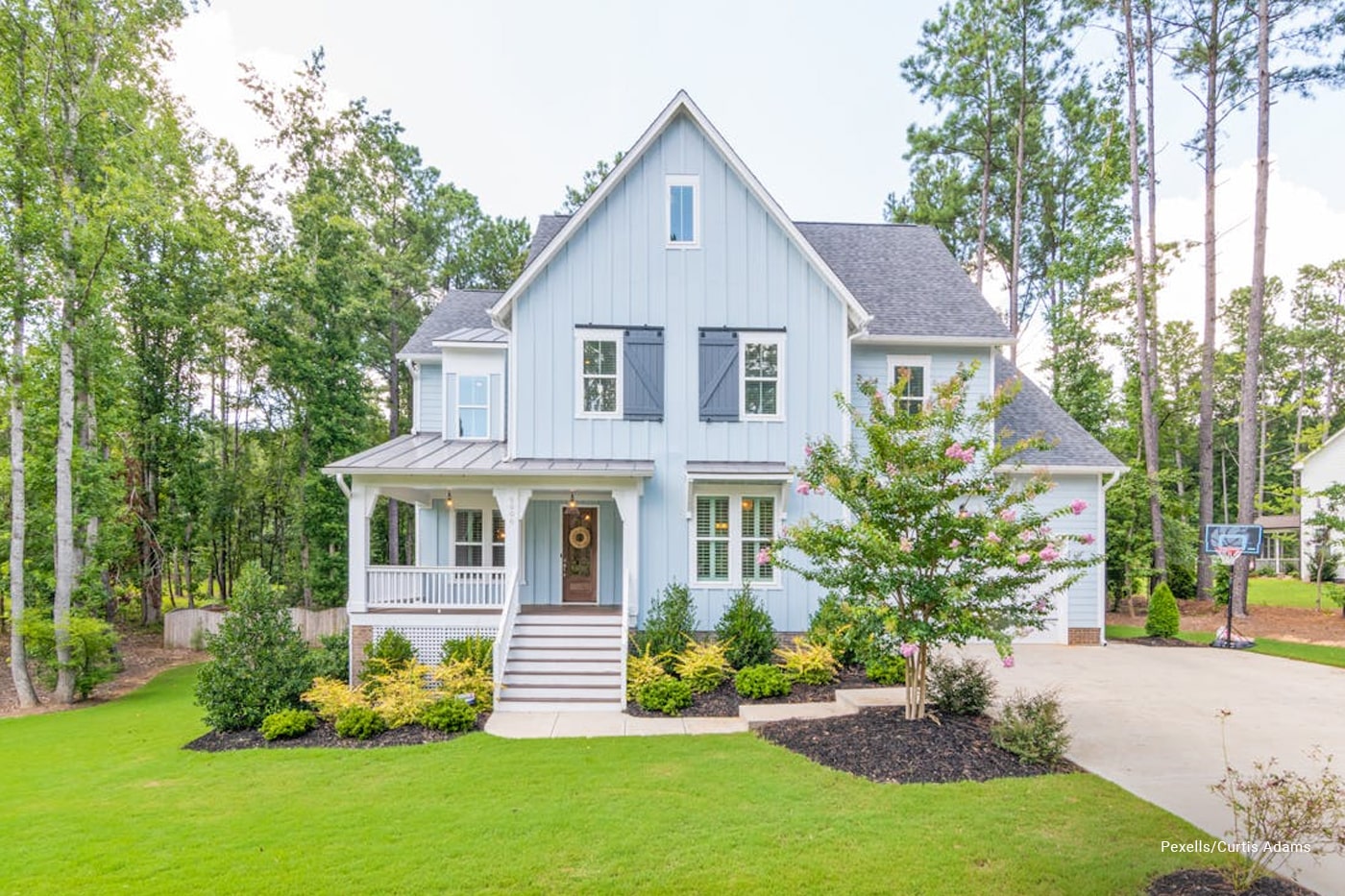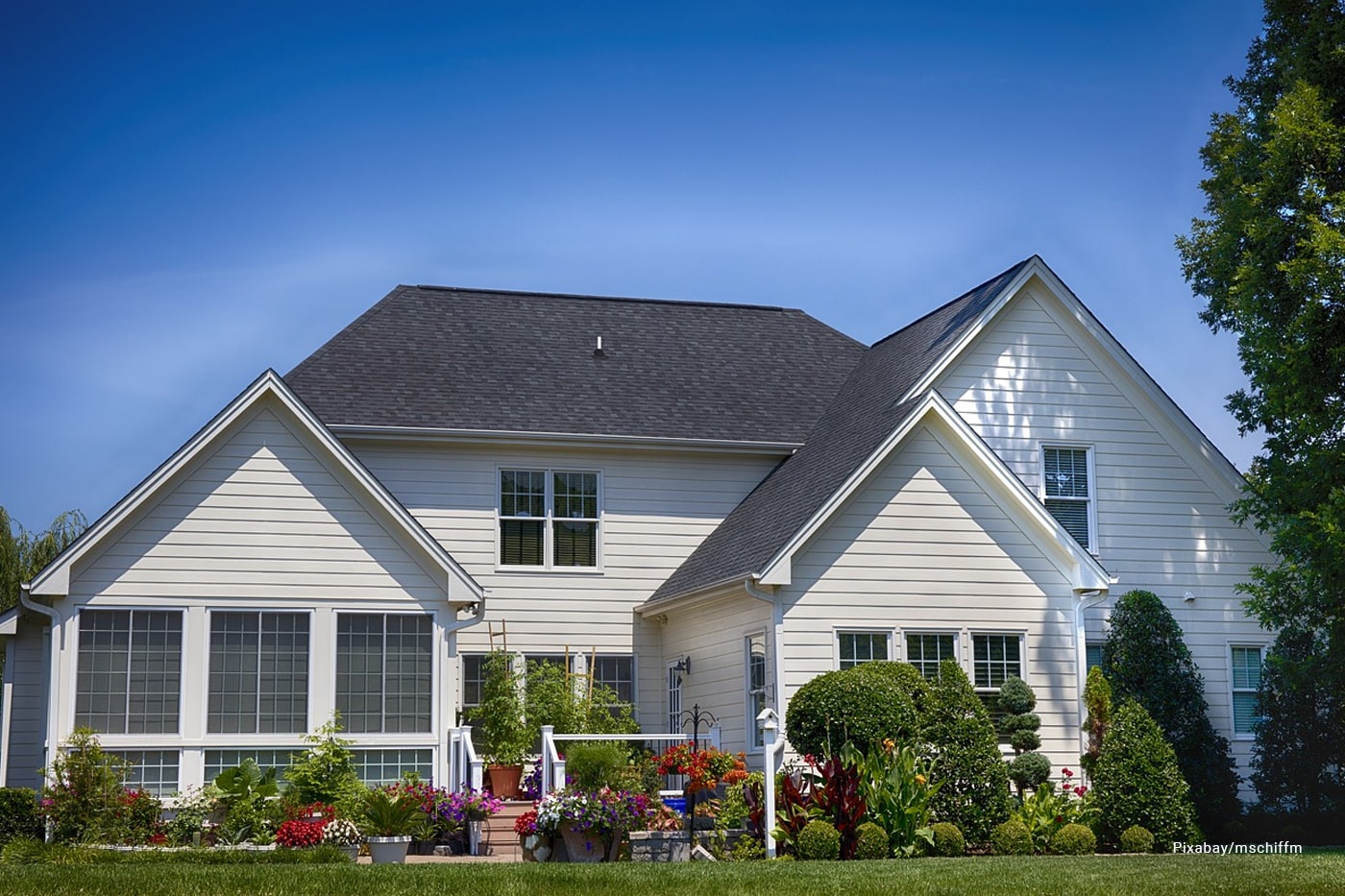Looking to increase your property’s value while staying environmentally conscious?
Good news—eco-friendly landscaping is not just trendy; it’s a proven strategy that boosts curb appeal, conserves resources, and makes your home more attractive to eco-conscious buyers.
According to a recent National Association of Realtors (NAR) study, 73% of buyers are willing to pay a premium for energy-efficient homes, and sustainable landscaping plays a crucial role in creating such properties.
In this guide, we’ll cover essential tips, from planting native plants to implementing water-conserving techniques, that make your yard a beautiful and valuable eco-haven.
Contents []
Start with Native Plants for a Thriving, Low-Maintenance Garden
Xeriscaping: Smart Water Conservation for a Healthier Planet
Biodiversity-Friendly Gardens: The Beauty of Life-Rich Yards
Advanced Landscaping Elements: Solar Lighting and Permeable Pathways
Maintenance Strategies: Keeping Your Landscape Sustainable and Valuable

Start with Native Plants for a Thriving, Low-Maintenance Garden
Why start with native plants? Because they thrive naturally in your area’s climate, reducing the need for excessive watering, fertilizers, and pesticides. The Royal Horticultural Society (RHS) shares that native plants not only attract beneficial insects but also encourage a vibrant ecosystem, boosting your property’s appeal to potential buyers who value biodiversity. Native plants have other benefits too:
- Reduced Maintenance: Because they’re suited to your local climate, native plants require less upkeep.
- Cost Savings: With fewer chemicals and less water needed, your gardening costs decrease.
- Pollinator-Friendly: Native plants attract birds, bees, and butterflies, creating a wildlife-friendly habitat that’s beautiful and beneficial.
Gardens with diverse plant life can increase property values by up to 20%, according to the RHS. So, by adding native plants to your landscape, you’re nurturing the ecosystem and enhancing your home’s market value.
Xeriscaping: Smart Water Conservation for a Healthier Planet
One of the biggest drains on water resources is outdoor use, accounting for nearly 30% of residential water consumption, says the Environmental Protection Agency (EPA). To combat this, consider xeriscaping, a landscaping approach that uses drought-resistant plants and minimizes water use. Not only does this reduce your water bills, but it’s also an appealing feature for eco-conscious buyers. Some xeriscaping essentials:
- Drought-Tolerant Plants: Choose plants like lavender, succulents, and ornamental grasses that need minimal watering.
- Efficient Irrigation: Switch to drip irrigation systems to precisely water the roots and avoid wasteful runoff.
- Mulching:Add mulch around plants to help retain moisture and reduce evaporation.
By xeriscaping, you conserve resources and make your home attractive to first-time home buyers looking for eco-friendly features.

Biodiversity-Friendly Gardens: The Beauty of Life-Rich Yards
Eco-friendly landscaping isn’t just about water and plants—it’s about fostering biodiversity. The National Wildlife Federation (NWF) promotes creating wildlife-friendly landscapes that attract nature enthusiasts. This means designing your yard to welcome birds, butterflies, and other wildlife, adding to your property’s unique charm.
Consider these biodiversity-friendly additions:
- Bird Feeders and Birdbaths: Attract a variety of birds that also act as natural pest control.
- Pollinator Gardens: Planting flowers like coneflowers, sunflowers, and bee balm attracts bees and butterflies.
- Shelters for Wildlife:Small piles of rocks or logs provide shelter for insects and small animals.
Incorporating these elements will help create a small wildlife sanctuary that not only looks beautiful but increases your home’s marketability. Studies by RHS show that gardens rich in biodiversity can add substantial value, appealing to buyers interested in a comparative market analysis when considering eco-friendly options.
Advanced Landscaping Elements: Solar Lighting and Permeable Pathways
Once you’ve mastered the basics, take your landscaping to the next level with sustainable, high-impact additions. Solar lighting is an excellent choice for illuminating pathways and garden beds. Not only does it reduce electricity usage, but it also creates a warm ambiance for evening hours.
Permeable pathways are another great addition. Unlike concrete, absorbent materials like gravel or porous pavers allow rainwater to seep through, reducing stormwater runoff and helping replenish groundwater. This can be especially beneficial in areas prone to heavy rain.
Benefits of solar lighting and permeable pathways:
- Reduced energy costs: Solar lights are a one-time investment that doesn’t increase your electricity bill.
- Stormwater management: Permeable paths prevent erosion and puddling.
- Enhanced curb appeal: Pathways add structure to the garden while showcasing eco-friendly materials.

Maintenance Strategies: Keeping Your Landscape Sustainable and Valuable
Finally, maintaining your eco-friendly landscape is essential to preserving its value. The American Society of Landscape Architects (ASLA) highlights that sustainable designs are easier to maintain and more resource-efficient in the long run. Proper maintenance ensures that your garden remains a valuable asset when it’s time to sell.
Some essential maintenance tips:
- Composting: Use organic waste to fertilize plants, reducing the need for synthetic fertilizers.
- Regular Pruning: Trim plants to encourage healthy growth and maintain a neat appearance.
- Efficient Watering:Water plants early in the morning to reduce evaporation and help them absorb more water.
With these practices, you can enjoy a flourishing landscape year-round. Keeping up with maintenance isn’t just good for your plants; it’s good for your home’s market value too.
Eco-friendly landscaping is more than a trend; it’s a wise investment that benefits both the planet and your property value. By incorporating native plants, practicing xeriscaping, supporting biodiversity, and adding advanced features like solar lighting, you’re not only making your home more appealing but also contributing to a healthier environment. Plus, these changes make your property a prime choice for first-time home buyers seeking sustainable and cost-effective homes.
Ready to start transforming your yard? A few simple steps can elevate your landscape from ordinary to extraordinary, all while boosting its market value. Eco-friendly landscaping is your path to a sustainable, beautiful, and valuable home that resonates with today’s eco-conscious buyers.



